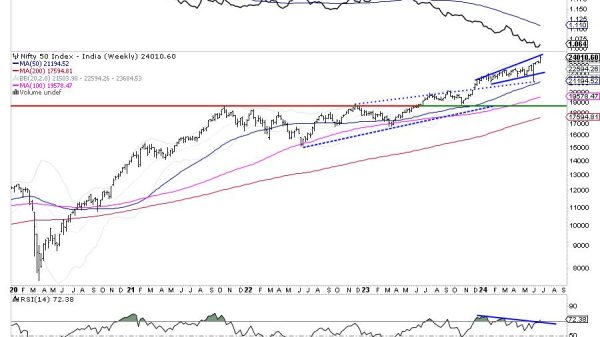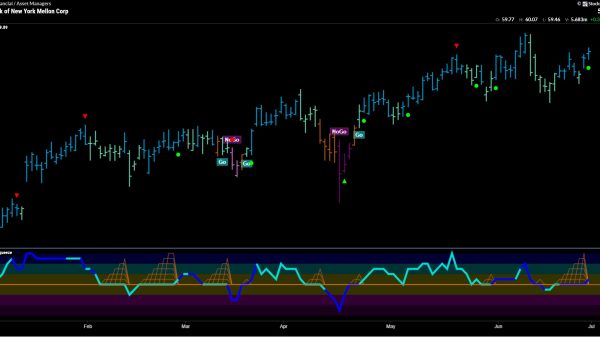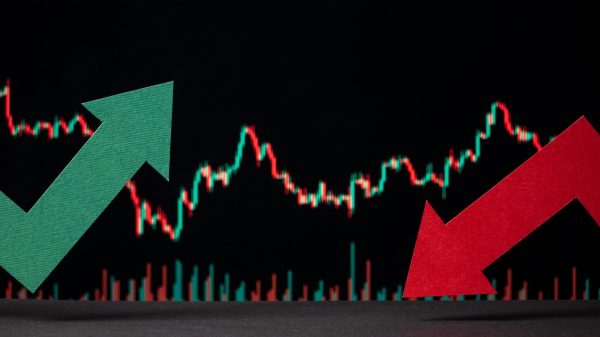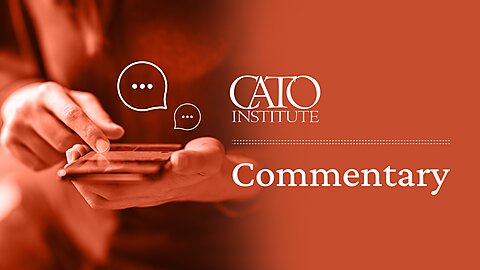In the first presidential debate of the 2024 cycle, former president Donald Trump is likely to talk up some version of his proposals to raise tariffs on Americans. He has previously suggested using the revenue to replace the income tax, lower the corporate income tax, and extend the 2017 Tax Cuts and Jobs Act (TCJA).
Using tariffs to offset other tax cuts is economically illogical. Trump has tried a version of this before. His first‐term tariffs undermined the economic benefits of the 2017 tax cuts, blunting the effects of his signature legislative accomplishment.
The Trump tax cuts—particularly the business tax cuts—were designed to boost investment, which in turn drives economic growth and wage gains. Figure 1 shows that Trump’s trade war eroded some of the early success of the 2017 tax cuts.
The top panel shows Congressional Budget Office (CBO) economic forecasts for investment growth from June 2017 (pre‐TCJA) and April 2018 (post‐TCJA), compared to actual investment growth. The second panel shows the annual change in revenue from federal customs duties, a measure of the increase in tariff rates.
The CBO projected a significant and sustained increase in investment growth compared to its pre‐TCJA baseline. The orange line shows that actual investment growth exceeded the CBO’s post‐TCJA forecast for three quarters following the tax cuts. This is what should be expected because the CBO uses lower‐bound estimates of investment response to tax cuts.
At the end of 2018, investment growth slowed rather dramatically, falling below the post‐TCJA forecast. In its January 2020 economic outlook, the CBO notes that the slowdown in business investment “was due, in part, to the suspension of deliveries of the Boeing 737 MAX aircraft, rising business uncertainty about future trade policies, and reduced drilling activity” (emphasis added). When tariff revenue spiked, business investment growth plummeted.
Cutting taxes should only temporarily increase the growth rate of investment until a new, larger capital stock is reached. As shown in Figure 1, the CBO projected an initial boost in the growth rate of new investment, gradually falling back to the previous trend. The temporarily higher growth rate leaves behind a permanently higher total investment level. Similarly, the high growth rate in duties revenue left behind permanently higher tariffs. Between 2017 and 2020, the average tariff rate on dutiable imports increased from 4.7 percent to 8.9 percent.
More formal analysis has made similar observations. The Tax Foundation found that Trump’s tariffs on steel, aluminum, and China eroded about 12 percent of the total long‐run impact of the TCJA before factoring in other trade actions, retaliatory tariffs, and broader trade policy uncertainty. Academic research also shows that trade policy uncertainty and tariff announcements depress business investment. Other work from the Tax Foundation and the Penn Warton Budget Model estimate that Trump’s imposed and proposed tariffs could have entirely eroded the benefits of the tax cuts to all but the highest‐income individuals (because the cost of tariffs falls more heavily on lower‐income people).
There are many other reasons to be against imposing tariffs on American consumers beyond the offsetting economic impact of other tax cuts. For example, Tax Foundation’s Erica York and Cato’s Scott Lincicome have explained in detail why it is mathematically impossible to replace the income tax with tariffs, how tariffs ultimately backfire on domestic industries and fail to meet their primary policy goal, why tariffs lead to cascading protectionism and corruption, and how tariffs ultimately raise costs for American consumers.
But for Trump and other Republicans, perhaps the most compelling reason to think twice about imposing new tariffs is that the last time tariffs were paired with tax cuts, they blunted the expected economic benefits.
























